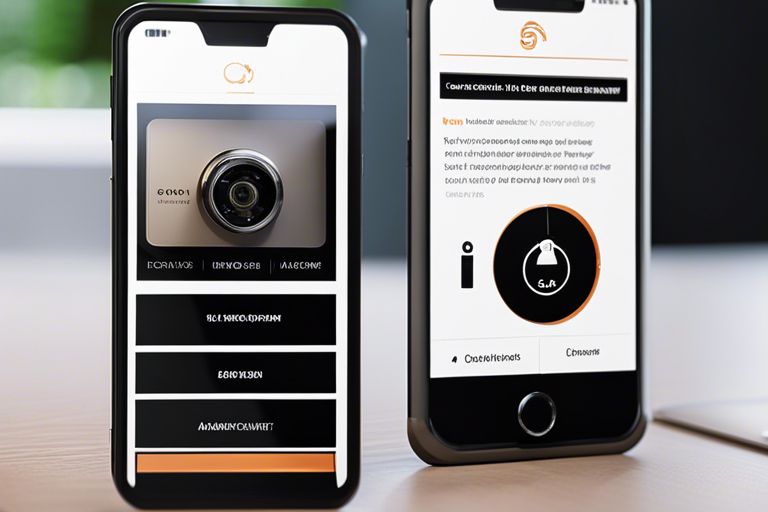In today’s digital age, data breaches have become a common occurrence. From small businesses to large corporations, no one is immune to the threat of a data breach. Organizations must be prepared and know how to handle such incidents effectively.
1. Assess the Situation
The first step in handling a data breach is to assess the situation. Determine the extent of the breach, what data has been compromised, and how it happened. This will help you understand the severity of the sproblemand plan your response accordingly.
2. Notify the Authorities
Once you have assessed the situation, you must notify the relevant authorities. Depending on your location, this may include local law enforcement, data protection agencies, or regulatory bodies. Reporting the breach will help in the investigation and ensure that you comply with the law.
3. Inform Affected Individuals
One of the most critical steps in handling a data breach is informing the individuals whose data has been compromised. This includes customers, employees, or others whose personal information may have been exposed. Be transparent and provide them with all the necessary information about the breach, its impact, and the steps they can take to protect themselves.
4. Secure Your Systems
After a data breach, it is essential to secure your systems to prevent further damage. This may involve patching vulnerabilities, updating security measures, and implementing more robust authentication protocols. Engage with a cybersecurity expert to ensure your systems are protected against future attacks.
5. Conduct a Forensic Investigation
It is crucial to conduct a forensic investigation to understand the root cause of the breach and prevent similar incidents in the future. This will help identify any vulnerabilities or weaknesses in your systems that the attackers exploited. Engage with a reputable cybersecurity firm to perform a thorough investigation.
6. Communicate with Stakeholders
During and after a data breach, it is essential to maintain open lines of communication with your stakeholders. This includes employees, customers, partners, and investors. Keep them informed about the progress of the investigation, the steps you are taking to address the issue, and any measures they can take to protect themselves.
7. Learn from the Experience
A data breach can be a valuable learning experience for an organization. Take the time to analyze what went wrong, what could have been done differently, and what measures can be implemented to prevent future breaches. Use this incident as an opportunity to strengthen your cybersecurity practices.
Conclusion
Handling a data breach is challenging, but with the right approach, organizations can minimize the impact and protect their stakeholders. By assessing the situation, notifying the authorities, informing affected individuals, securing systems, conducting a forensic investigation, communicating with stakeholders, and learning from the Experience, organizations can effectively handle a data breach and prevent future incidents.






